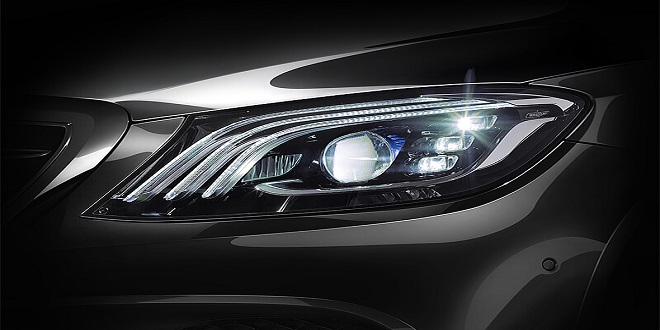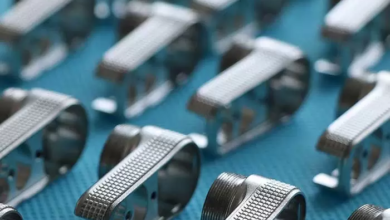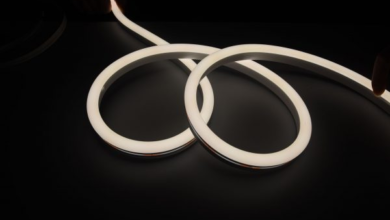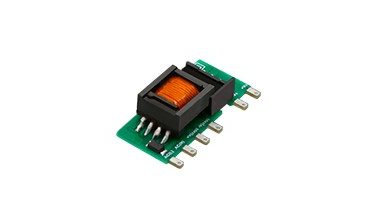Automobile Lighting fundamental lighting

Introduction
Vehicle lighting systems are very important, particularly where road safety is concerned. If headlights were suddenly to fail at night and at high speed, the result could be catastrophic. Many techniques have been used, ranging from automatic changeover circuits to thermal circuit breakers, which pulse the lights rather than putting them out as a blown fuse would. Modern wiring systems fuse each bulb filament separately and even if the main supply to the headlights failed, it is likely that dim-dip would still work.
We have come a long way since lights such as the Lucas ‘King of the road’ were in use. These were acetylene lamps! A key point to remember with vehicle lights is that they must allow the driver to:
Sidelights, tail lights, brake lights, and others are relatively straightforward. Headlights present the most problems, namely that, on the dipped beam they must provide adequate light for the driver but without dazzling other road users. Many techniques have been tried over the years and great advances have been made, but the conflict between seeing and dazzling is very difficult to overcome. One of the latest developments, ultra-violet (UV) lighting, which is discussed later, shows some promise
Bulbs
Joseph Swan in the UK demonstrated the first light bulb in 1878. Much incremental development has taken place since that time. The number, shape, and size of bulbs used on vehicles is increasing all the time. shows a common selection. Most bulbs for vehicle lighting are generally either conventional tungsten filament bulbs or tungsten halogen.
In the conventional bulb, the tungsten filament is heated to incandescence by an electric current. In a vacuum the temperature is about 2300 ° C. Tungsten is a heavy metallic element and has the symbol W; its atomic number is 74; and its atomic weight 2.85. The pure metal is steel grey to tin white in color. Its physical properties include the highest melting point of all metals: 3410 ° C.
Pure tungsten is easily forged, spun, drawn, and extruded, whereas in an impure state it is brittle and can be fabricated only with difficulty. Tungsten oxidizes in air, especially at higher temperatures, but it is resistant to corrosion and is only slightly attacked by most mineral acids. Tungsten or its alloys are therefore ideal for use as filaments for electric light bulbs.
The filament is normally wound into a ‘spiraled spiral’ to allow a suitable length of thin wire in a small space and to provide some mechanical strength. shows a typical bulb filament.
very volatile and break. This is why the voltage at which a bulb is operated must be kept within tight limits. The vacuum in a bulb prevents the conduction of heat from the filament but limits the operating temperature.
Gas-filled bulbs are more usual, where the glass bulb is filled with an inert gas such as argon under pressure. This allows the filament to work at a higher temperature without failing and therefore produce a whiter light. These bulbs will produce about 17 lm/W compared with a vacuum bulb, which will produce about 11 lm/W.
AI is one of the biggest tech news. We are still only in the early days of the development of AI. As the technology becomes more sophisticated, it will be applied to further develop tech-based tools, such as training machines to recognize patterns, and then act upon what it has detected. It can develop your best business times idea and you can succeed in your life goal.
Last word
Almost all vehicles now use tungsten-halogen bulbs for their headlights as these are able to produce about 24 lm/W (more for some modern designs). The bulb has a long life and will not blacken over a period of time like other bulbs.
This is because in normal gas bulbs, over a period of time, about 10% of the filament metal evaporates and is deposited on the bulb wall. The gas in halogen bulbs is mostly iodine.





